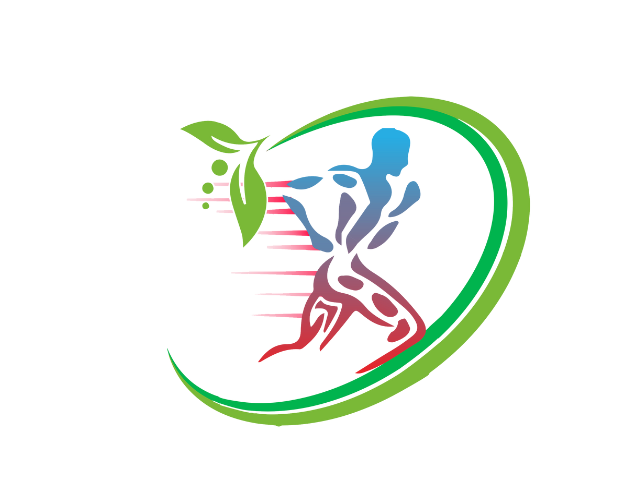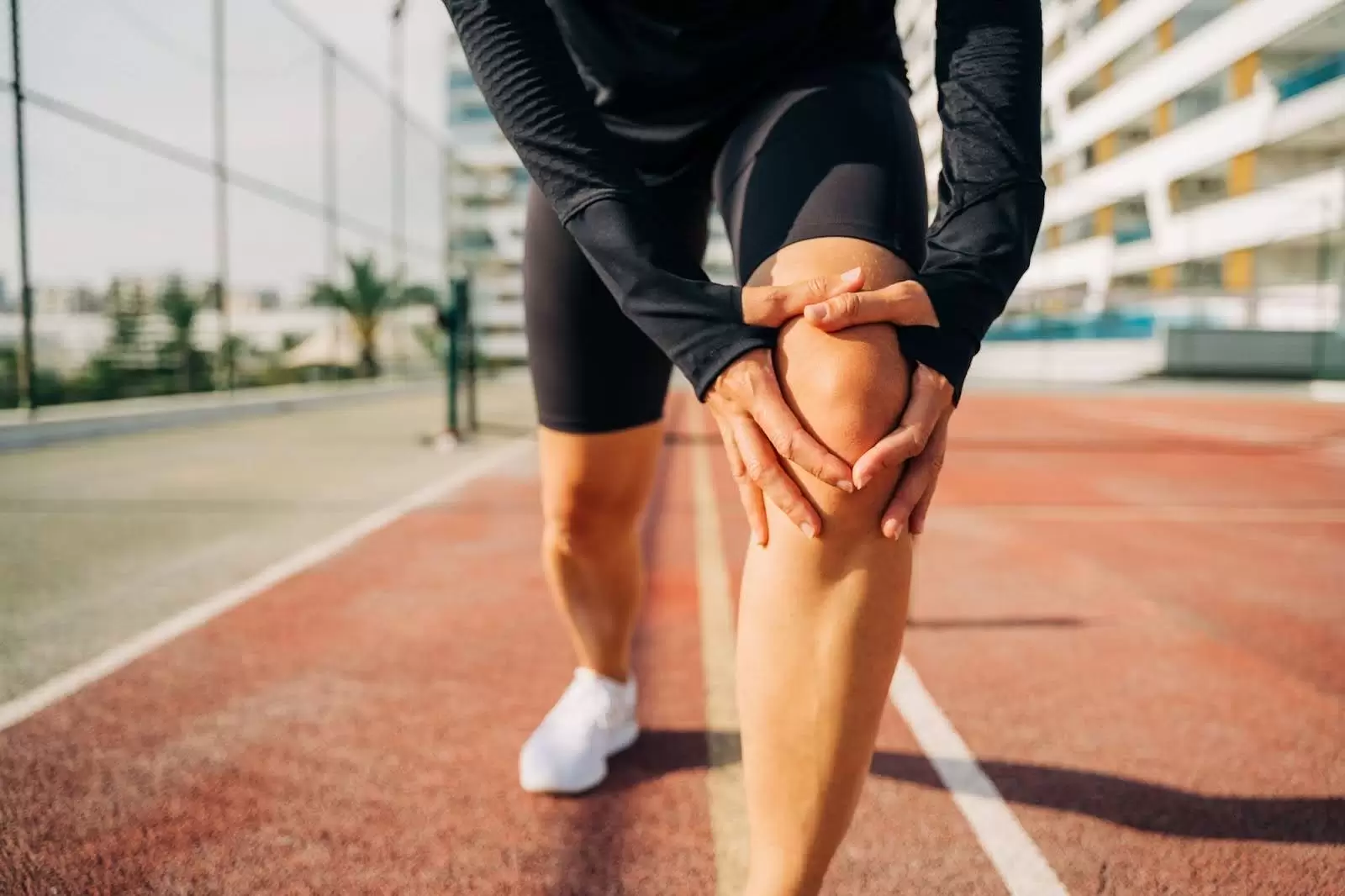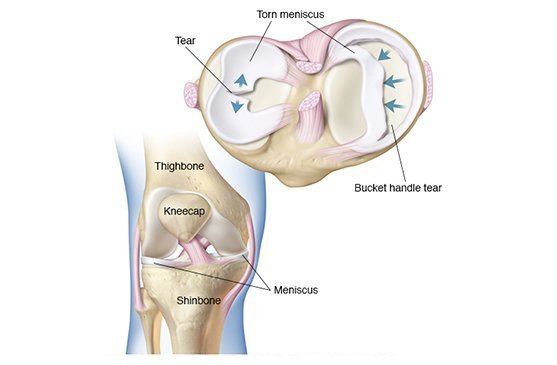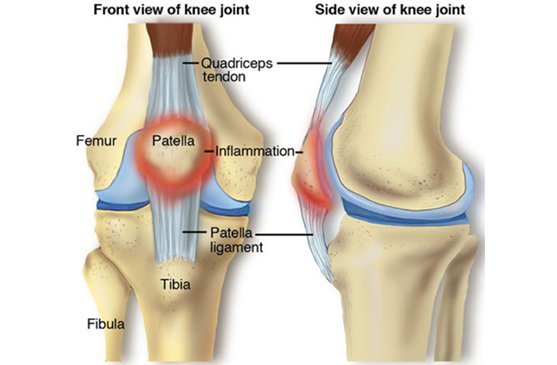Knee pain is a common problem that affects people of all age groups. Knee pain may be caused by an injury, such as a ruptured ligament or torn cartilage. Medical conditions such as arthritis, gout, and infections also can cause knee pain. Many types of minor knee pain respond appropriately to self-care measures. Physical therapy and knee braces also can prove helpful for relieving knee pain. In some cases, however, your knee may need surgery.




















